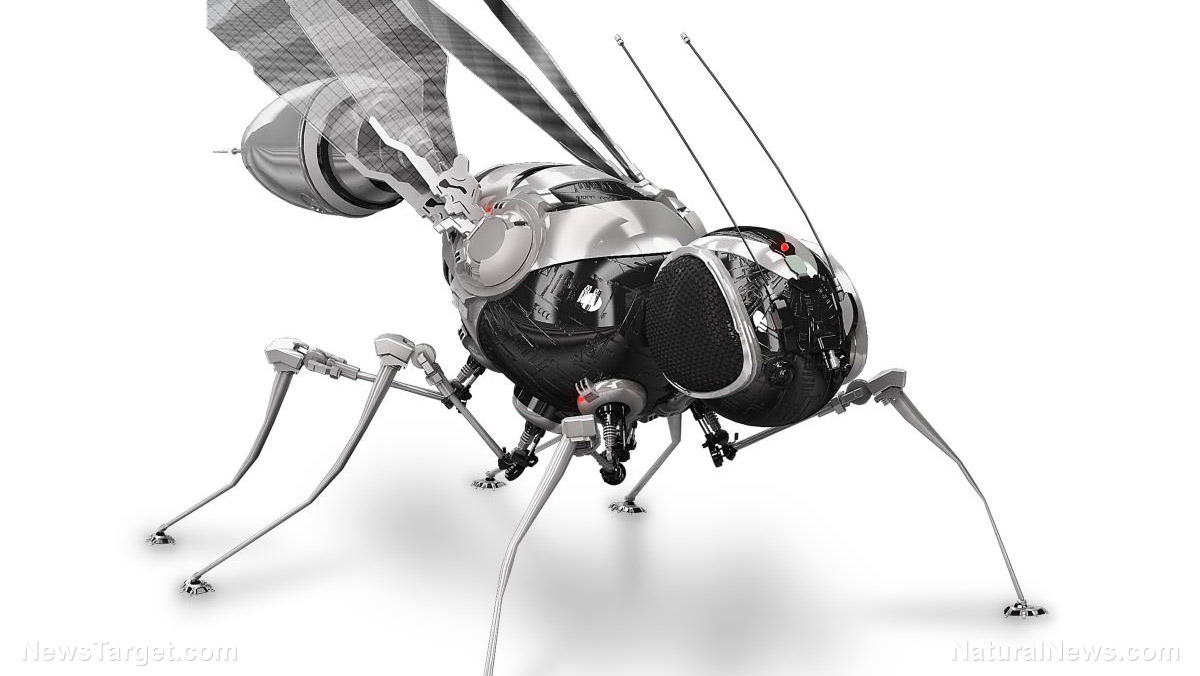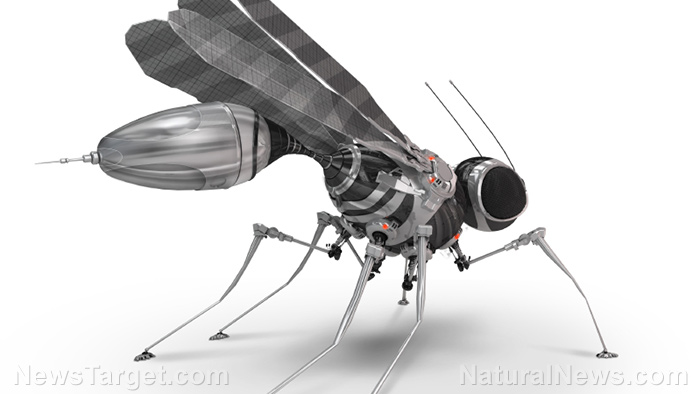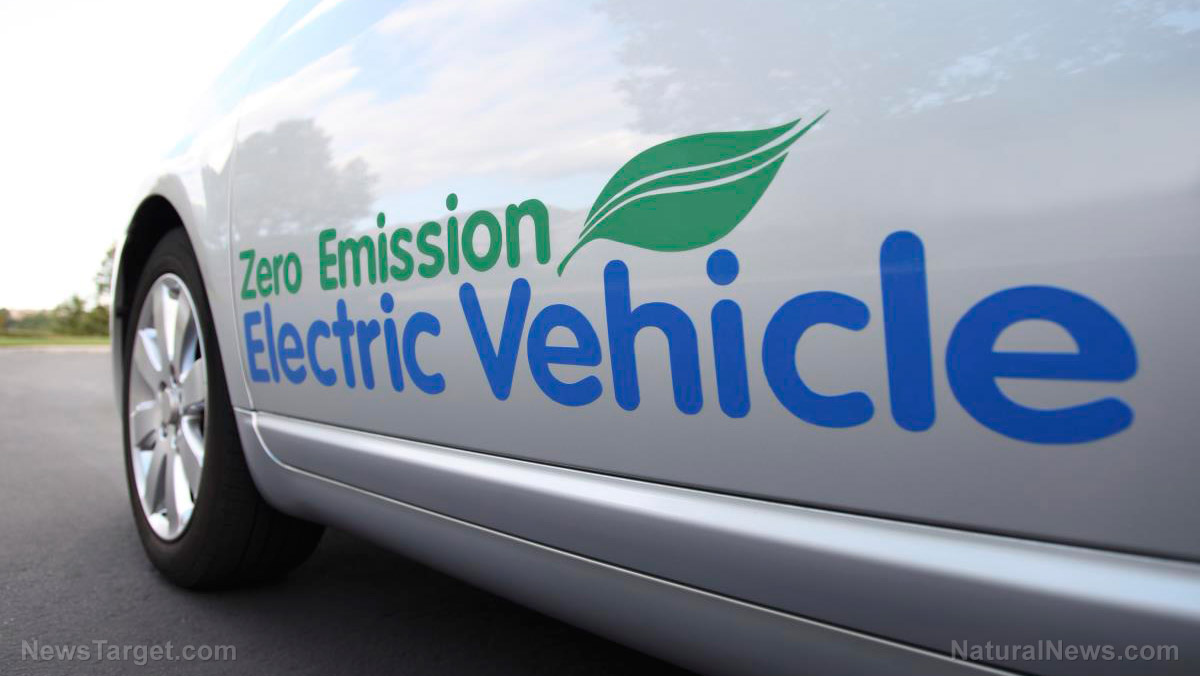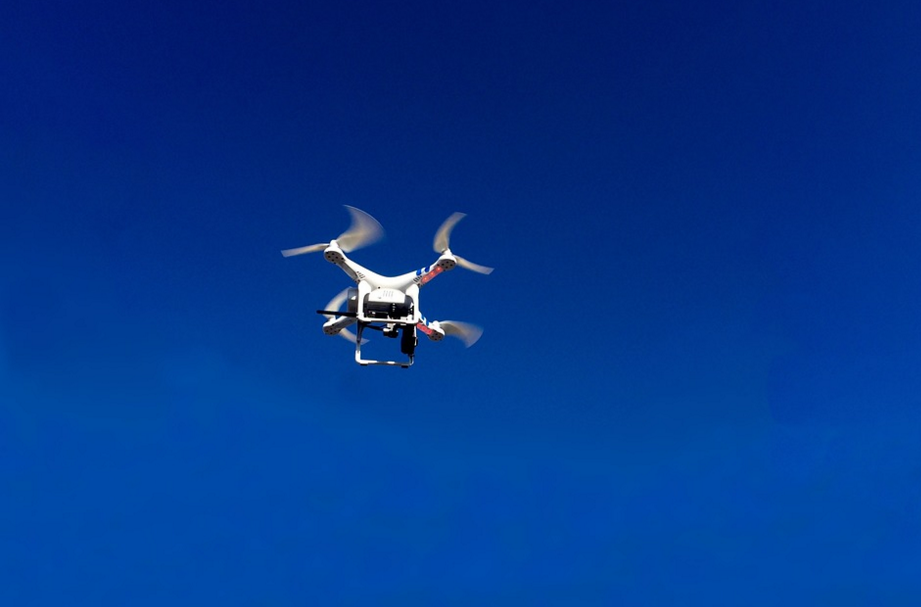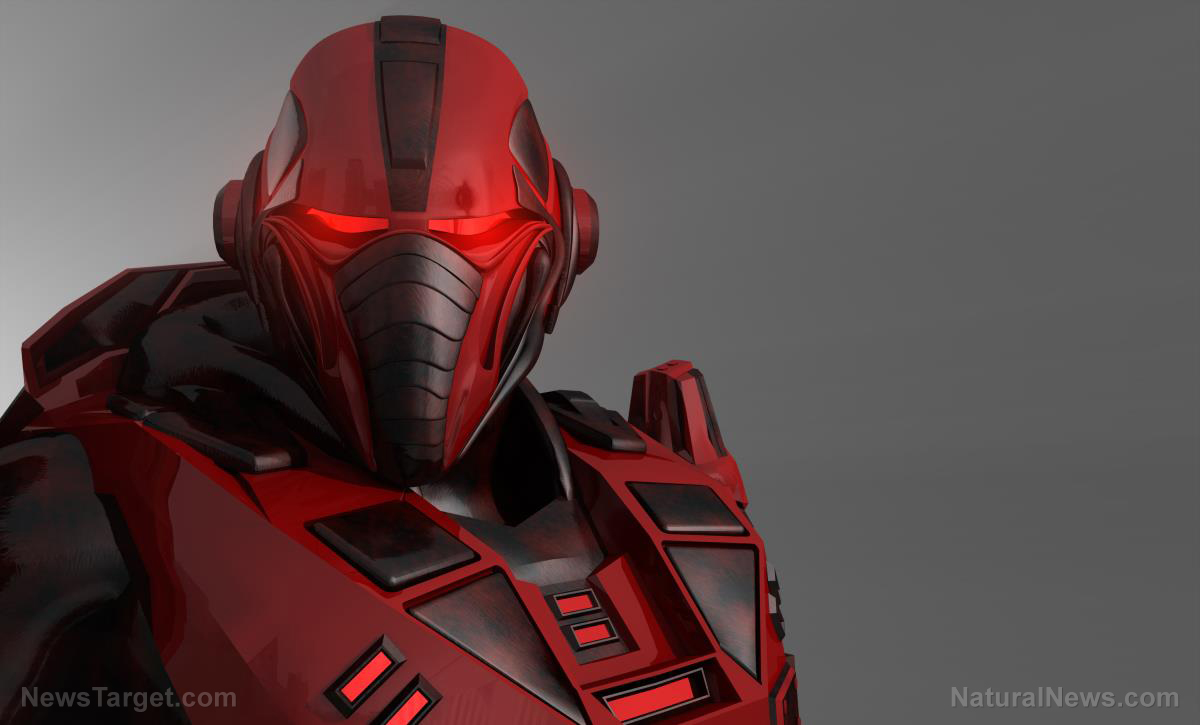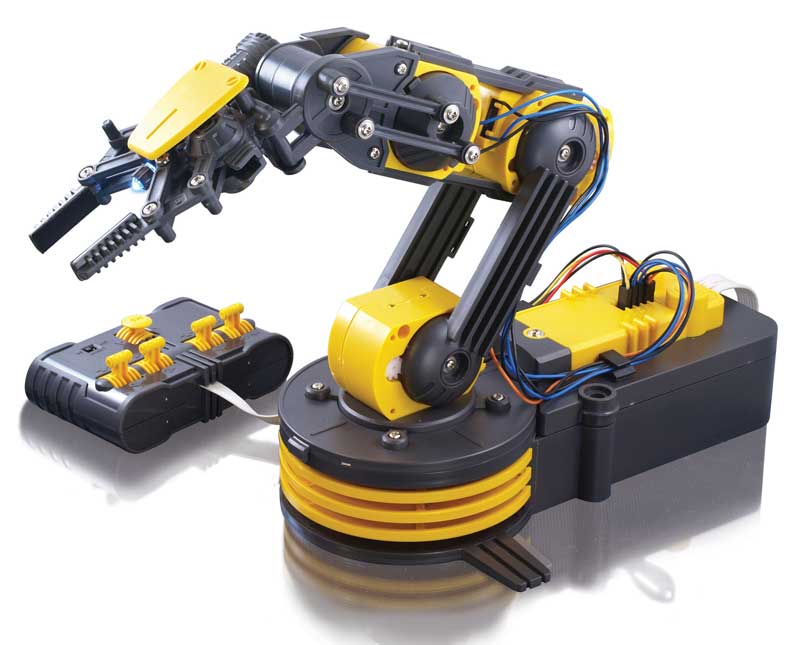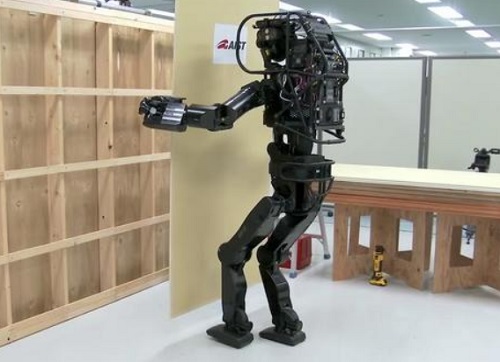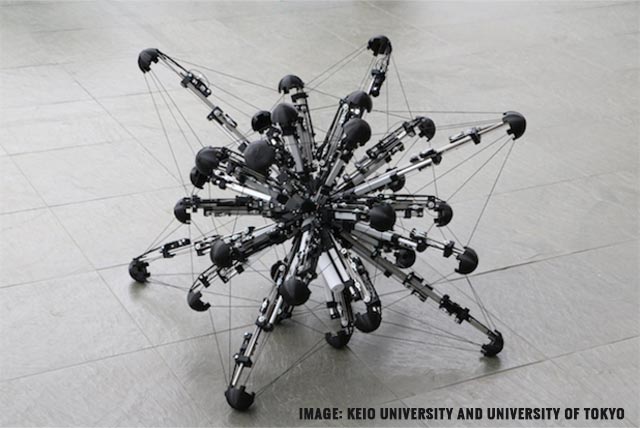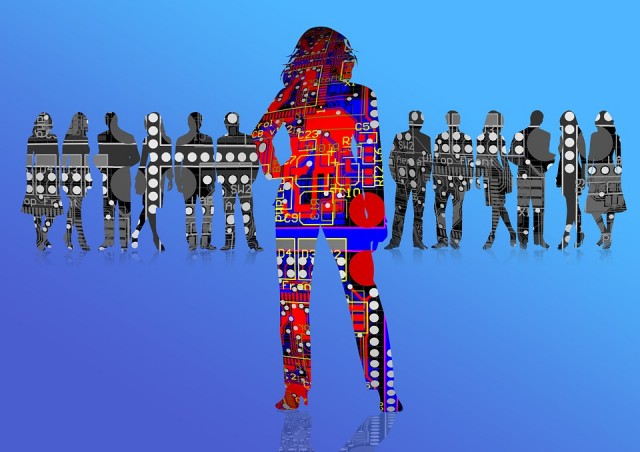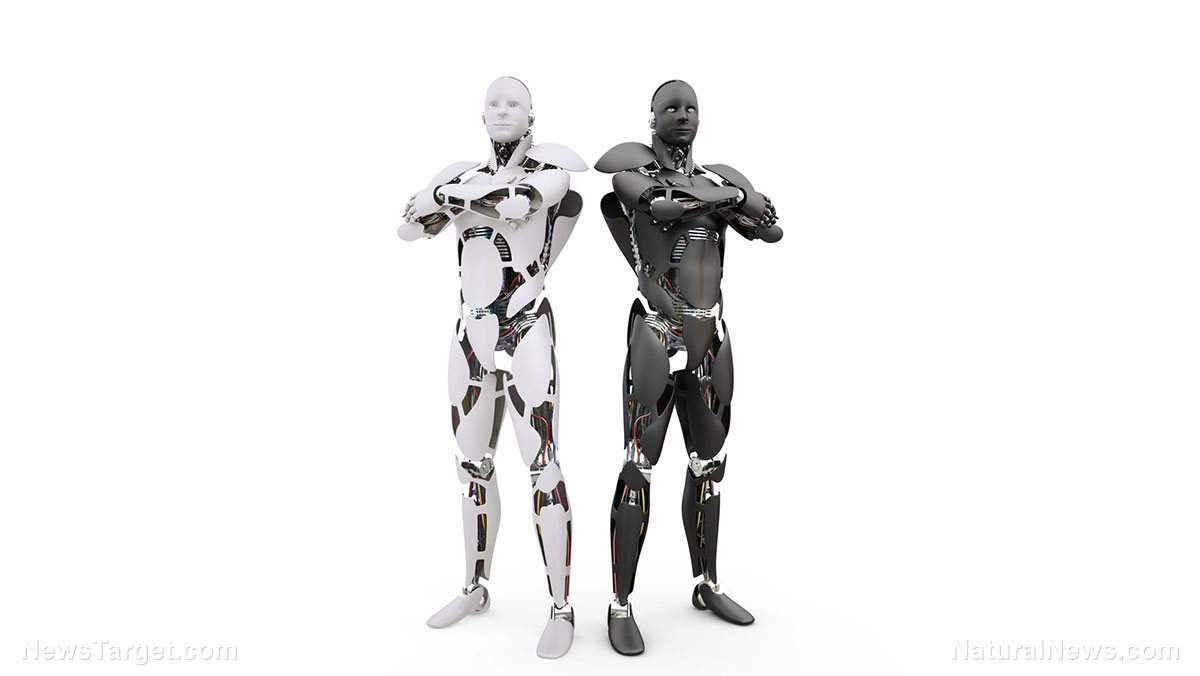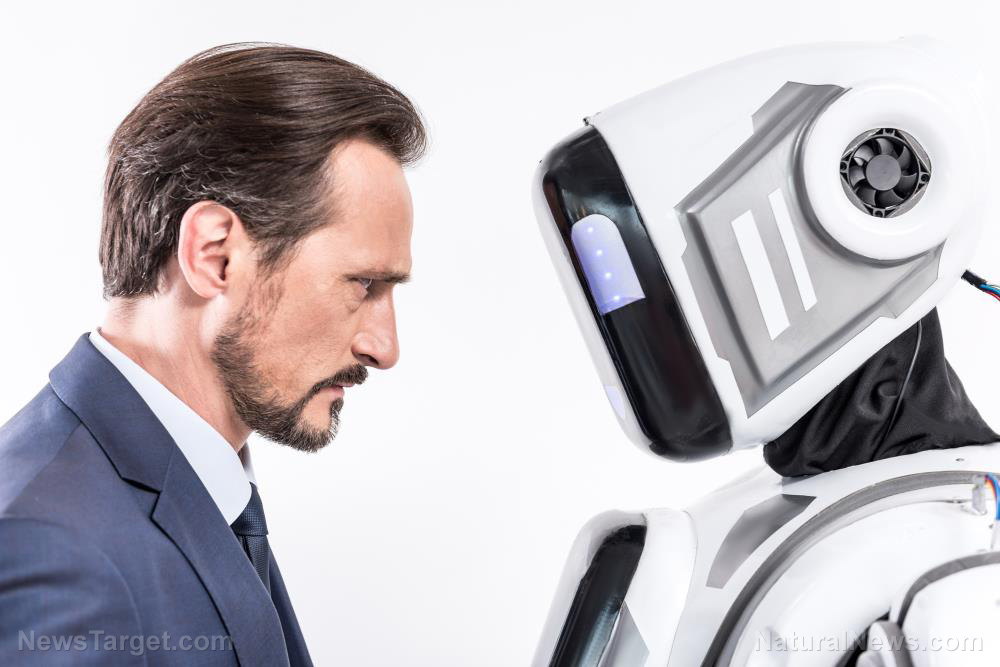Bionic vests bestow super strength to factory workers and help them avoid injuries in the workplace
06/03/2018 / By Edsel Cook
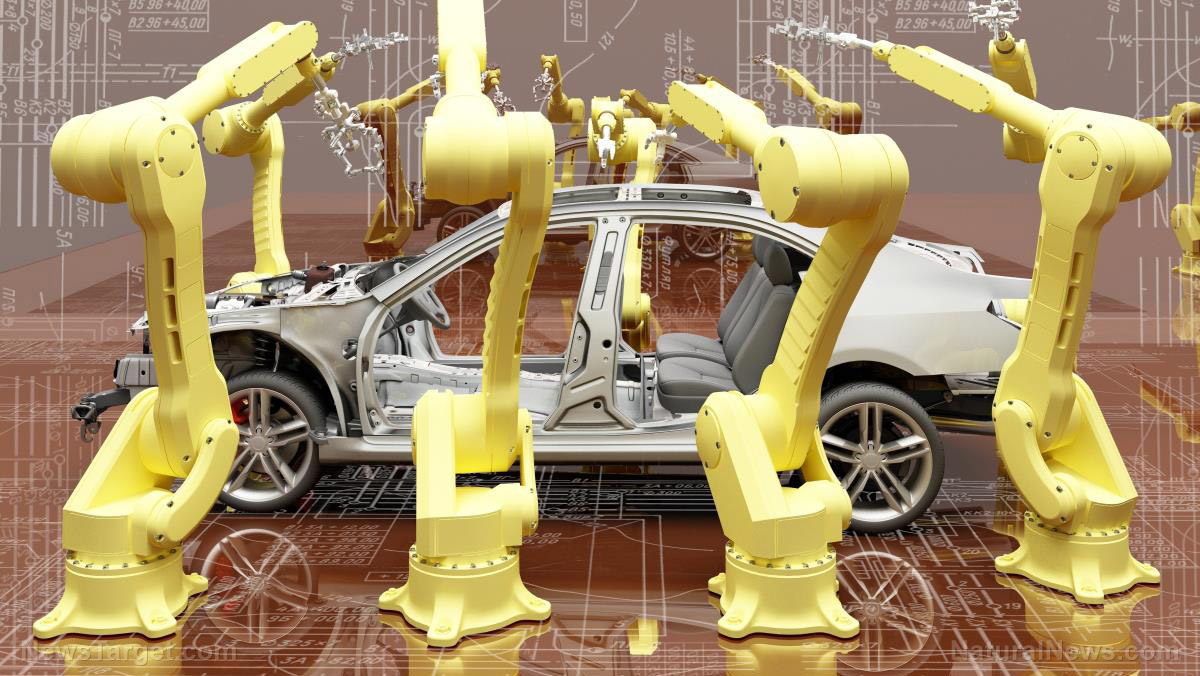
A robotics company has turned its medical exoskeleton design into a strength-assisting wearable robot. The new bionic vest protects factory workers from harm by increasing the strength of their shoulders, a CNBC report states.
The first robotic device designed by Ekso Bionics was a medical exoskeleton that helps disabled persons and recovering patients walk on their own power. The company refined their technology over time, and now they are building wearable robots for construction workers and factory workers.
Their Ekso Vest increases the shoulder strength of the man or woman wearing it. Workers can lift heavy equipment, hold up bulky power tools for hours on end, and perform other overhead tasks with ease.
The bionic vest does not use any power-hungry electronics or heavy motor-driven equipment. Instead, it uses a series of springs that bear the burden normally resting on the shoulders of the wearer. The device increases the lifting load of each arm by up to 15 pounds.
“The shoulder is a great joint with lots of degrees of freedom but it’s a relatively weak joint,” explained Max Scheder-Bieschin, the CEO of the robotics company. “[The vest] helps people working overhead to be less prone to injuries.” (Related: Rise of the machines: A.I. technology could soon be taking over the jobs of supermarket managers.)
Delighted Ford factory workers want to keep the bionic vests they’re testing
Four Ekso Vests are undergoing testing at the Wayne and Flat Rock facilities of automobile maker Ford Motors. The vests were purchased by the United Auto Workers union.
One of the workers who tried out the bionic vests is 51-year-old Paul Collins. He has been with Ford for 23 years, and his job involves fitting bolts and various other parts to the bottoms of Focus and C-Max models.
Every year, Collins holds his hands over his head around one million times. Before he tested the Ekso Vest, he needed to put ice and heat on his strained neck three or four days a week.
Since May 2018, he reported feeling much less exhausted by the end of his shift. He also didn’t tend to his neck anymore.
“If they want it back now, they’re going to have to fight me to get it off,” Collins said.
Ford has been looking at ways to keep its workers healthy and uninjured. Ergonomics engineer Marty Smets says shoulders are the most common injury and take a long time to heal, so the Ekso exoskeletons are a very welcome option.
The company plans to test the upper-body exoskeleton in Europe, South America, and other regions that host its factories.
These wearable robots assist and protect human workers instead of replacing them
Scheder-Bieschin said that aerospace, construction, and manufacturing companies are asking about Ekso’s bionic vest. In response, the company has increased production so it can meet future demands.
Ekso assured that its products underwent comprehensive laboratory and field tests before entering commercial use. These trials demonstrated that the Vest can operate in sub-zero temperatures. The wearable robot is also highly resistant to concrete dust and dirt found in many construction sites.
Ekso also made sure that its bionic vests could be comfortably worn and effectively used by most factory or construction workers. The Ekso Vests are worn by hundreds of testers who came in all sizes, and their feedback was used to improve the compatibility of the device.
Russ Angold, who helped found Ekso, explained that the Vest is popular among companies and workers because it doesn’t replace humans with robots. Instead, it improves human abilities so they can do their jobs better.
Learn more about the latest developments in robotics – like the Ekso bionic vest – at Robotics.news.
Sources include:
Tagged Under: bionic suits, bionic vest, factory, future tech, manufacture, robotic exoskeletons, robotics, robotics technology, technology, wearable robotics

